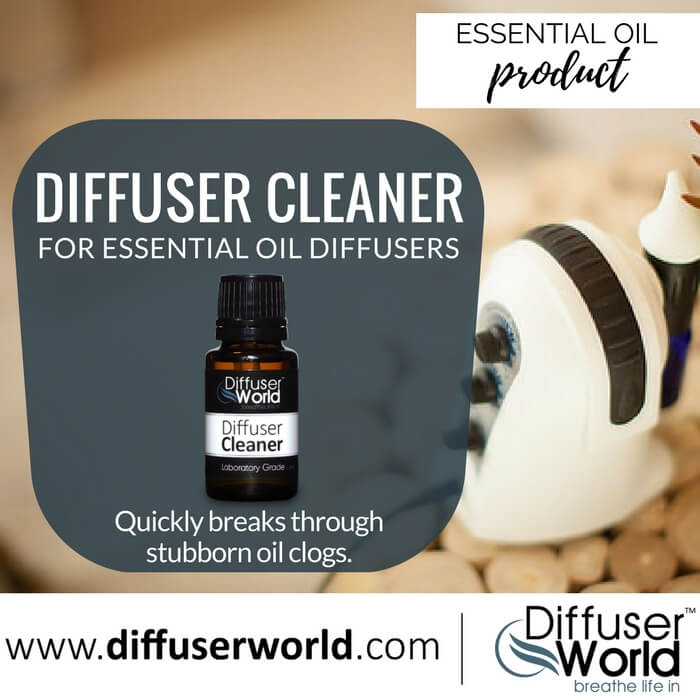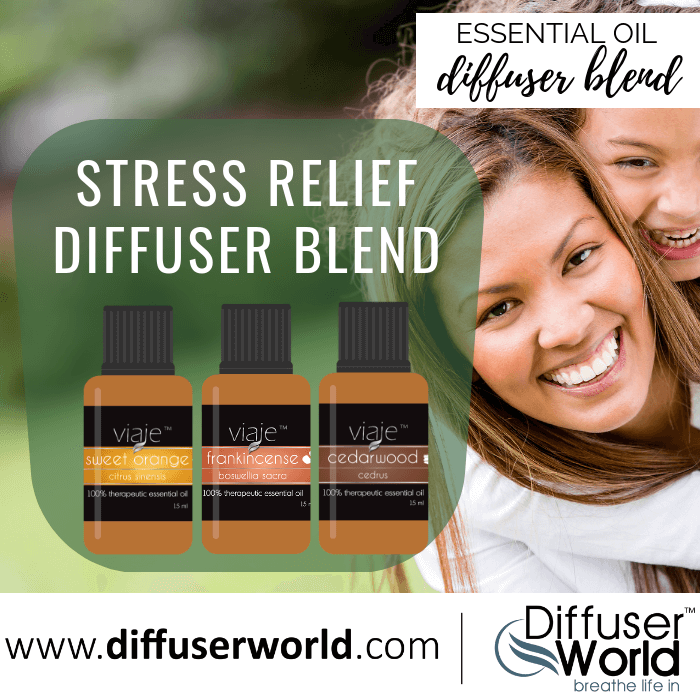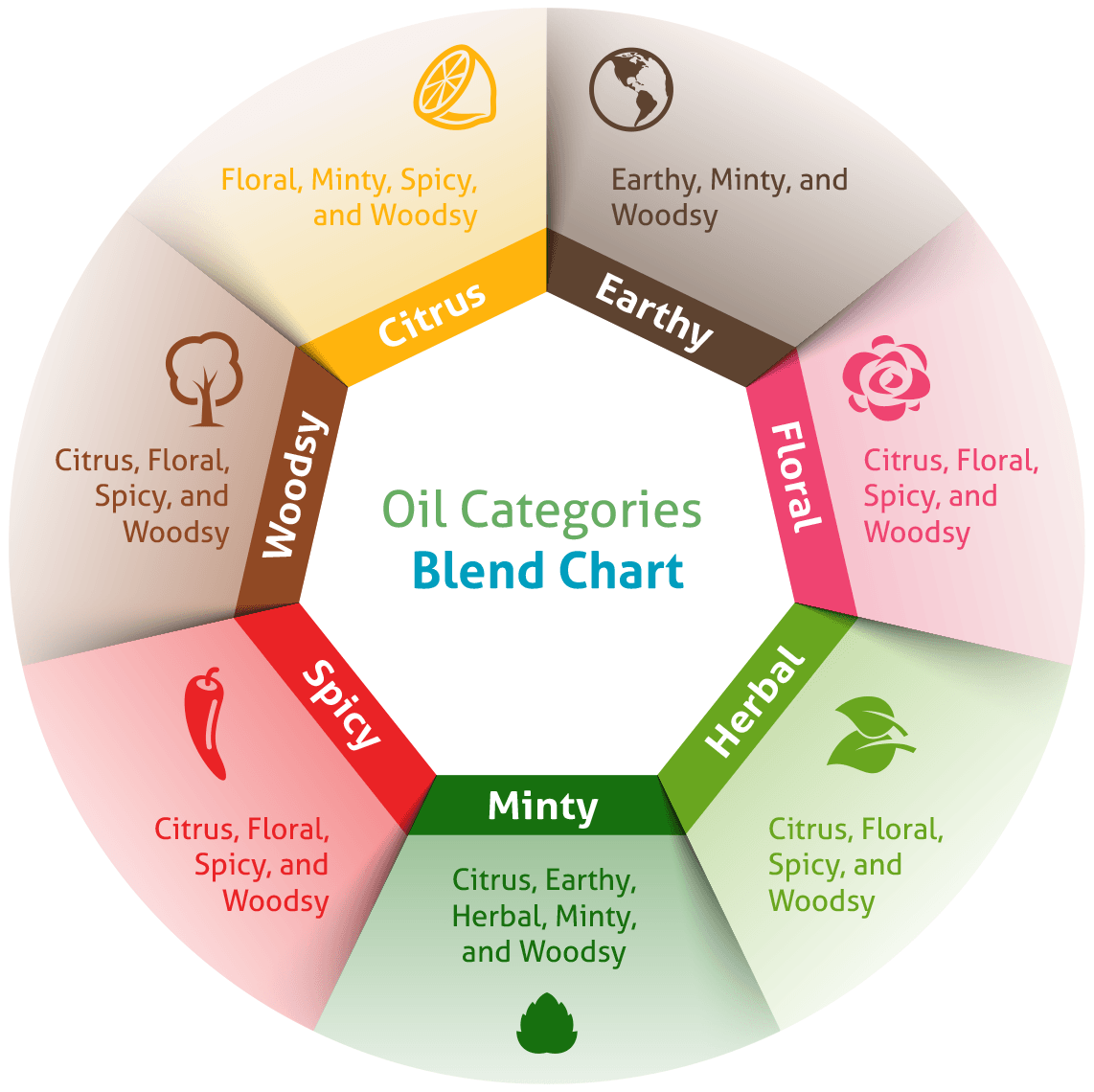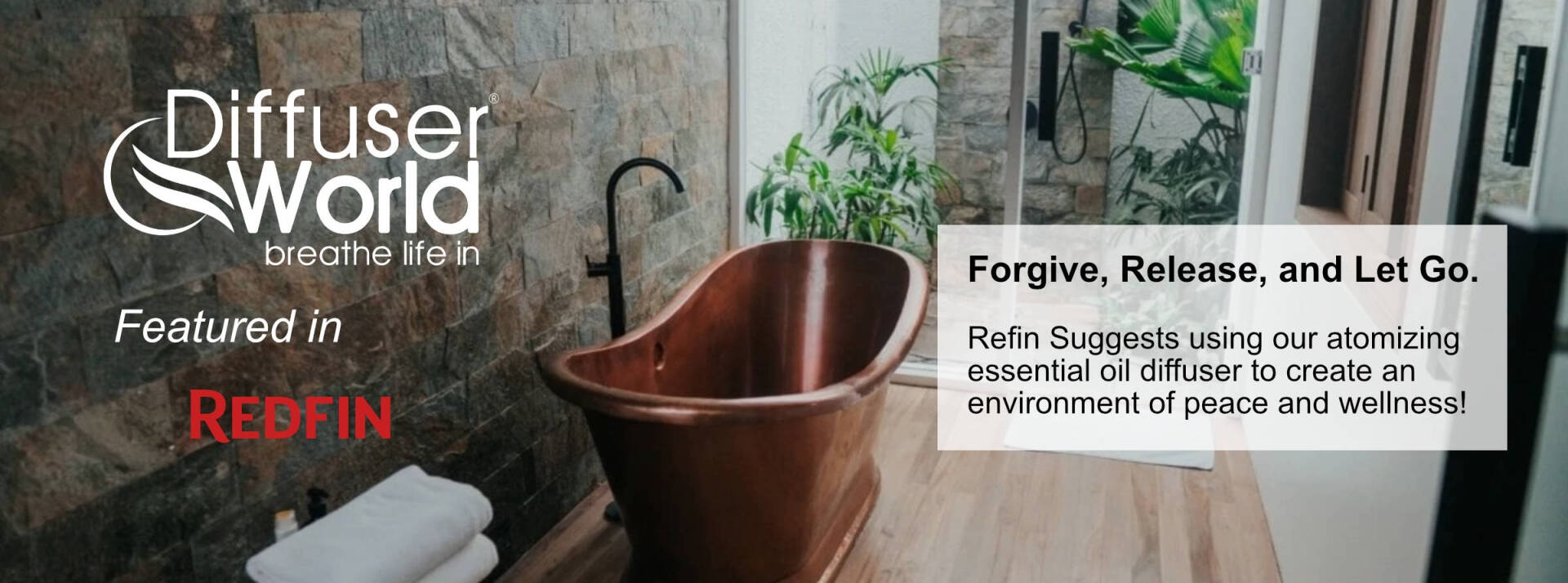Grouping and Mixing Your Own Essential Oil Blends
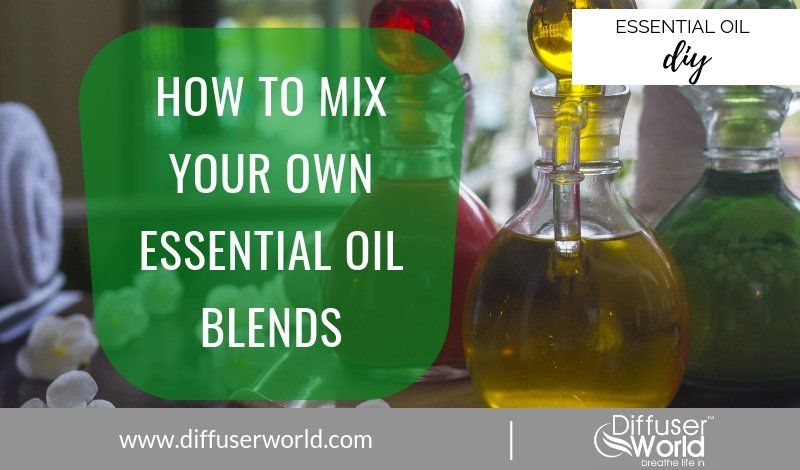
Nothing is more fun than mixing up a blend of your favorite essential oils that have health benefits and smell wonderful. But do you sometimes wonder if you have the right blend combination to deliver the aromatherapy and scent for a specific need?
When dabbling in aromatherapy you will discover the great benefits that came with using essential oils. It is a lot to take in at first, but if you follow a few basic steps on how to group and mix essential oils to create your blend it will be a breeze.
Understanding the Different Scent Notes
There are three distinct classes that pro perfumers use to separate and understand scent notes. They are defined as top scent notes, middle scent notes, and base scent notes. Which essential oil belongs in which class is determined by how quickly the oil's scent dissipates.
The lighter scent molecules disappear quicker while, and the heavier molecules linger on for a longer time. Ideally, a well-rounded essential oil blend will have all three notes combined into the formula for a well-balanced scent that isn't overpowering.
Top Scent Notes
Your top note scent is very important because this will give you your first impression of the blend's fragrance. Typically, your top note scent lasts between one and two hours, and you're aiming for a lighter and fresh scent. It evaporates the fastest out of all three notes because it has the lightest molecular structure.
Middle Scent Notes
These scent notes are also known as heart notes. These notes are the scent that comes through once the top note scent fades away. They typically last between two to four hours. This is the note that has a powerful effect on how the base scent notes smell, and how long they last.
Base Scent Notes
The final layer of your oil blend is the base scent. It comes after the top note scents, and the middle note scents have evaporated. The base scent is going to give you the longest impression of your oil blend. The typically smell heavy or rich, and they can last between one and two days.
Scent Note Examples
Top Scent Note: Basil, Bergamot, Citronella, Citrus, Eucalyptus, Grapefruit, Lavender, Lemon, Lime, Peppermint
Middle Scent Note: Chamomile, Cinnamon, Clary Sage, Geranium, Jasmine, Nutmeg, Rose, Spruce, Tangerine, Tea Tree
Base Scent Note: Angelica Root, Balsam, Cedarwood, Frankincense, Ginger, Myrrh, Patchouli, Sandalwood, Vanilla, Ylang Ylang
Grouping Essential Oils by Category Blend
Now that you know what scent notes are and why they're important, we can talk about grouping your essential oils by category or scent types. This is generally easy because you can tell quickly which oils belong to which categories. Several essential oils could fit into different categories depending on how you interpret the scent.
You can usually count on oils in the same scent category to blend well together. A lot of beginners start by mixing scents that they know work well and branch out from there when they get more confident.
Essential Oil Scent Categories
Citrus: Bergamot, Citronella, Guava Leaf, Kaffir Lime, Lemon, Melissa, Neroli, Orange, Verbena, Yuzu
Earthy: Amber, Angelica Root, Cedar, Cardamom, Leather, Oakmoss, Patchouli, Tobacco, Valerian, Vetiver
Floral: Geranium, Jasmine, Lavender, Neroli, Palmarosa, Roman Chamomile, Rose Vanilla, Wisteria, Ylang Ylang
Herbal: Basil, Black Cumin, Cloves, Marjoram, Oregano, Pine, Rosemary, Sage, Tea Tree, Thyme
Minty: Bergamot, Birch, Cornmint, Dill, Eucalyptus, Peppermint, Spearmint, Wintergreen
Spicy: Aniseed, Ajowan, Black Pepper, Cinnamon Bark, Ginger Grass, Juniper, Nutmeg, Pimento Berry, Pink Pepper, Turmeric
Woodsy: Amyris, Black Pine, Carrot Seed, Cypress, Douglas Fir, Frankincense, Juniper, Myrrh, Rosewood, White Sage
When it comes to blending these categories, the oils that fall into the same category typically blend very well together. Additionally, you can usually blend the floral essential oils with oils from the citrus, spicy, or woodsy categories. The citrus essential oils blend well with the herbal and spicy essential oils, and so on.
If you're not sure, we put a quick reference chart together for you.
Essential Oils Blend Chart
Grouping Essential Oils by Effects and Properties
If you're more concerned about the properties of your essential oils, you can group them together this way instead of by scent because you'll get a bunch of different scents that all do the same thing.
Calming
Melissa
Patchouli
Mandarin
Detoxifying
Juniper
Peppermint
Grapefruit
Lemongrass
Energy
Rosemary
Tea Tree
Bergamot
Spearmint
Immunity
Lemon
Niaouli
Cinnamon Bark
Clove
Sleep
Frankincense
Geranium
Rose
Chamomile
Getting Started Blending Essential Oils
Now that you know what essential oils blend well together and what some of their properties are, you can start experimenting. There are a few blending ratio rules you can follow to start with to help ensure that you end up with a well-balanced oil blend.
The 30-50-20 Rule
The 30-50-20 Rule is very straightforward and great for beginners. You're going to use 10 drops of three different essential oils. You'll use 30 percent of your top scent note oil, 50 percent of your middle scent note oil, and 20 percent of your base scent note oil.
For example, if you decided to blend orange (top note), jasmine (middle note), and vanilla (base note), you'd blend three drops of orange, five drops or jasmine, and two drops of vanilla.
The Perfect Balance
The second blending rule is called The Perfect Balance. You'll use 15 drops of essential oils with this formula. It works best when you use essential oils of the same categories mixed together. You'll do 33.3 percent of your top note, 33.3 percent of your middle note, and 33.3 percent of your base note.
If you wanted to do a floral mixture, you'd mix five drops of lavender (top note), five drops of jasmine (middle note), and five drops of ylang-ylang (base note).
Bottom's Up
This is a slightly more advanced blending technique because you start with the base scent note and work your way up. It works best if you use either essential oils from one category or essential oils from complementary categories.
Start by picking your base scent and the middle scent and adding one or two drops. Blend them and test the scent. When you like the balance, add one drop of your top note scent and blend them all together.
For example, you wanted to blend a minty and woodsy scent. You'd start with an oil like peppermint and add two drops. Next, you'd blend in four drops of your woodsy scent like black pine. You'd finish it with one drop of angelica root or a complimentary top note.
Tips for Blending Essential Oils
Start small so you don't waste essential oils if you don't like the finished scent. It's also a good idea to let your essential oil blends sit together and rest for 24 to 48 hours before you try them out. This will give the oils time for all of their scents to mix together.
If you'd like to see how your oil's scent will change over time, pour a few drops on a cotton ball and leave it set out. Come back to it over the course of a few days. Check and see the scent profile changes and if you still like it. You can also mix it with a few drops of a carrier oil like almond oil or jojoba oil to see if you still like the scent.
Keep a small notebook handy with all of your essential oil blends and scent impressions. This will allow you to keep everything in one place and you'll be able to check if you like certain scent combinations or not.
Also, it's essential that you do your research and choose high-quality essential oils. This will dictate how the oils smell, how strong the scents are, and whether your oil is safe for internal or external use.
The Bottom Line
Experimenting with essential oils is one way to relax and create unique scents that your entire family will fall in love with. Do you have a favorite oil blend that you or someone you know came up with? Tell us what you think and share your recipes in the comment section below!
Source: https://www.wellnessaromas.com/mix-essential-oils/
Editor's Note/Disclaimer: The information in this article is intended for your educational use only; does not necessarily reflect the opinions of Diffuser World, Inc.; and is not a substitute for professional medical advice, diagnosis, or treatment. Always seek the advice of a physician or other qualified health provider with any questions you may have regarding a medical condition and before undertaking any diet, supplement, fitness, or other health program.
Editor’s Note/Disclaimer: The information in this article is not a substitute for professional medical advice, diagnosis, or treatment. Always seek the advice of a physician or other qualified health provider with any questions you may have regarding a medical condition and before undertaking any diet, supplement, fitness, or other health programs. Diffuser World and the ownership of Diffuser World will make no specific medical claim or provide any medical advice. Articles contributed to this platform may be provided by third parties and do not necessarily represent the opinions or beliefs of any Diffuser World representative or the ownership of Diffuser World. Please seek out a medical professional or veterinary professional regarding any questions you may have about the use of any products sold by Diffuser World.
